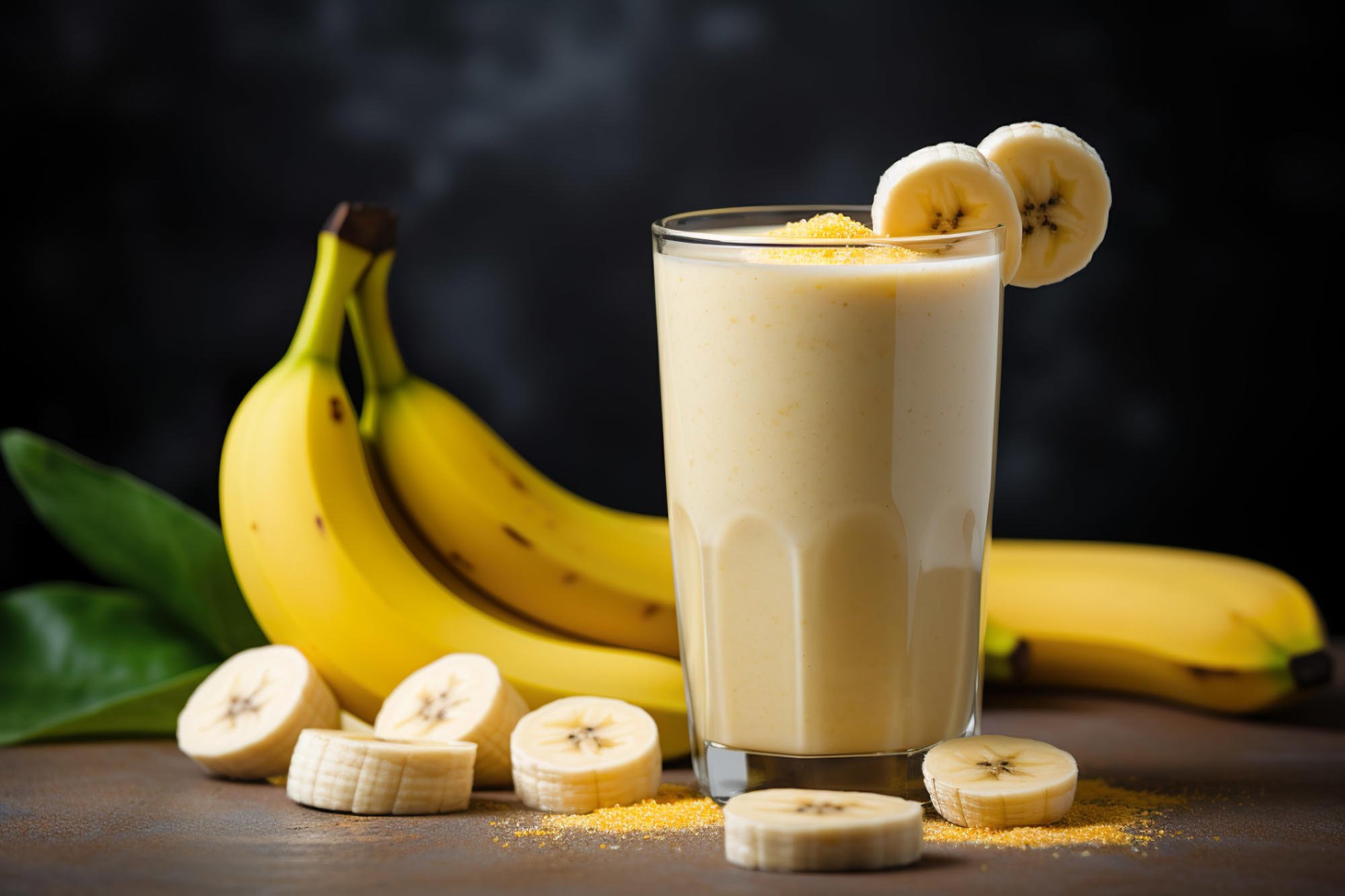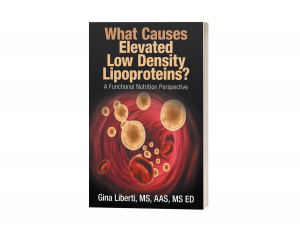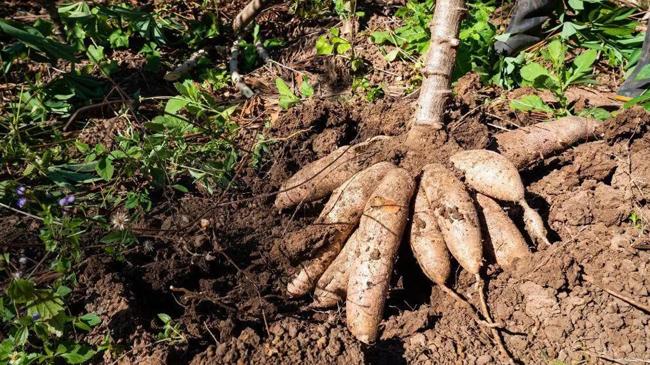Summary
The study, led by researchers at the University of California, Davis in partnership with the University of Reading, found that adding a banana to a berry smoothie reduced the absorption of flavanols by a striking 84%. For comparison, participants who took a flavanol capsule absorbed significantly more of these beneficial compounds.
Source: SciTechDaily

AI News Q&A (Free Content)
Q1: What does the recent study reveal about the impact of adding a banana to a berry smoothie on flavanol absorption?
A1: The study conducted by researchers from the University of California, Davis, and the University of Reading, in collaboration with Mars Edge, found that adding a banana to a berry smoothie significantly reduced flavanol absorption by 84%. The presence of polyphenol oxidase (PPO) in bananas was identified as a key factor responsible for this reduction.
Q2: What are flavanols and why are they important for human health?
A2: Flavanols are a subgroup of flavonoids, which are polyphenolic compounds found in plants. They include catechin and epicatechin and are known for their antioxidant properties. Flavanols are important for cardiovascular health and may aid in preventing diseases such as diabetes due to their positive impact on metabolic processes.
Q3: What alternative method was suggested for flavanol intake in the study, and why?
A3: The study suggested the use of flavanol capsules as an alternative method for intake. Participants who consumed flavanol capsules absorbed significantly more flavanols compared to those who consumed smoothies with bananas. This method bypasses the enzymatic degradation caused by PPO in bananas.
Q4: What are the broader implications of this study for people trying to increase their flavanol intake through diet?
A4: The study highlights the importance of considering food combinations when trying to increase flavanol intake. It suggests avoiding fruits like bananas that have high PPO activity when consuming flavanol-rich foods or supplements, as they can hinder the absorption of these beneficial compounds.
Q5: How do the findings of this study align with previous research on polyphenol oxidase's role in flavanol bioavailability?
A5: Previous research has indicated that polyphenol oxidase (PPO) can degrade flavanols both pre- and post-ingestion. The current study supports these findings by showing that smoothies with bananas, which contain high levels of PPO, have significantly reduced flavanol levels, underscoring the enzyme's role in limiting flavanol bioavailability.
Q6: What potential health benefits are associated with flavanols, as highlighted in recent scholarly articles?
A6: Recent scholarly articles highlight that flavanols, such as (-)-Epicatechin, are linked to cardiovascular health benefits and diabetes prevention. They activate nitric oxide synthase (eNOS) through the G protein-coupled estrogen receptor (GPER), which aids in vascular health and metabolic regulation.
Q7: What are some dietary sources of flavanols besides smoothies, and how can their absorption be maximized?
A7: Flavanols are found in foods such as cocoa, green tea, apples, and certain berries. To maximize absorption, it is recommended to consume these foods without high-PPO fruits like bananas, and consider supplements or capsules that provide a concentrated dose of flavanols.
References:
- Page: Flavan-3-ol
- Page: Flavonoid
- Page: CocoaVia
- (-)-Epicatechin metabolites as a GPER ligands: a theoretical perspective
- Microencapsulation of highly concentrated polyphenolic compounds from purple corn pericarp by spray-drying with various biomacromolecules





